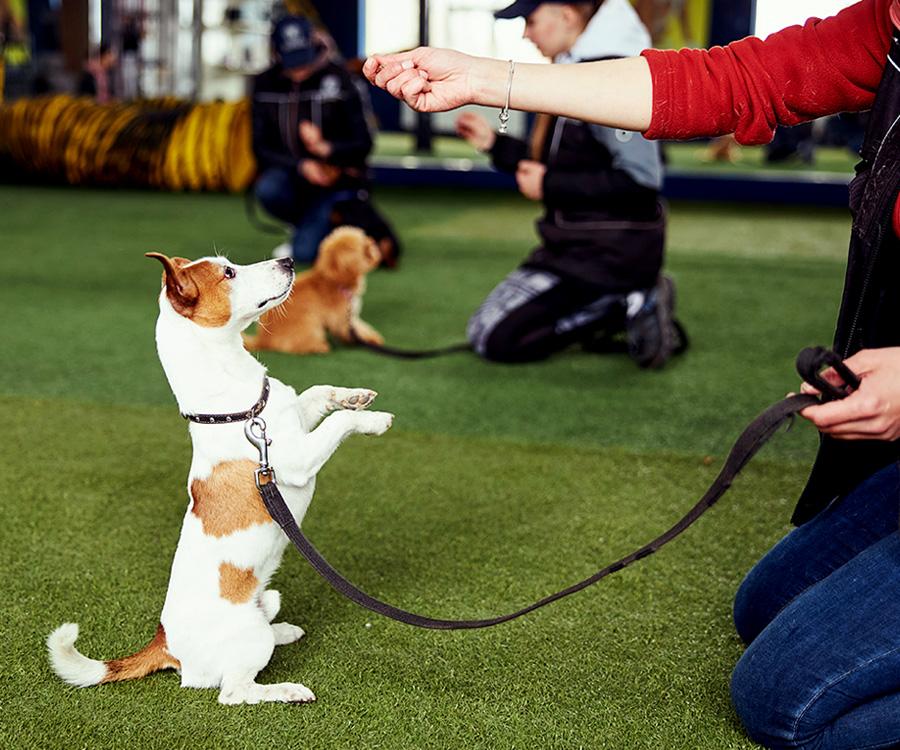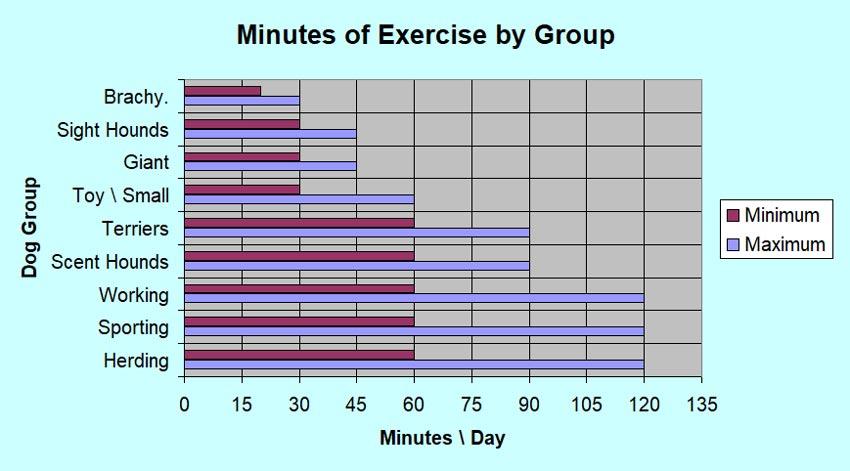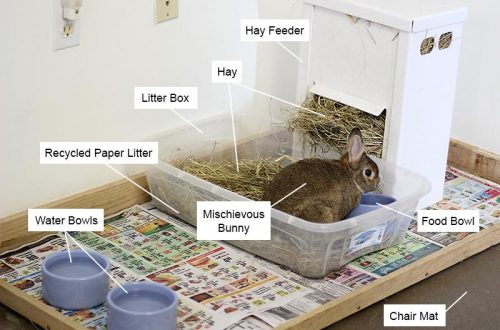
Empowering Paws: Training Your Pet for an Active Life
Empowering Paws: Training Your Pet for an Active Life
In a world that thrives on movement and energy, our pets are often eager companions, full of enthusiasm and potential. Yet, for many pet owners, the challenge lies not in their furry friend’s innate desire to explore, chase, and play, but in nurturing that spirit through effective training. “Empowering Paws: Training Your Pet for an Active Life” invites you to embark on a journey where discipline meets playfulness, transforming your living room couch potato into a spirited adventure partner. This article delves into the art and science of pet training, revealing how tailored techniques can unlock your pet’s zest for life, encourage healthy habits, and strengthen the bond between you and your four-legged friend. Whether you’re a seasoned trainer or a first-time pet parent, you’ll discover methods that resonate with your pet’s unique personality, ensuring that every outing is a celebration of joy, agility, and connection. Get ready to unleash potential and foster a vibrant lifestyle for your beloved companion!
Table of Contents
- Understanding Your Pet’s Unique Energy Needs
- Building a Foundation: essential Training techniques
- Incorporating Exercise into Daily Routines
- Choosing the Right Activities for Your Active Lifestyle
- Key Takeaways

Understanding Your Pet’s Unique Energy Needs
every pet is unique, and understanding their specific energy requirements is vital for their overall well-being. Factors such as breed, age, and health can significantly influence how much exercise your furry friend needs. For instance, a high-energy breed like a border Collie will thrive on long runs and engaging activities, while a senior cat may prefer gentle play sessions or leisurely strolls.
To better align your pet’s activities with their energy levels, consider the following factors:
- Breed Characteristics: Research your pet’s breed to gauge typical energy levels.
- Age and Life Stage: Puppies and kittens usually need more frequent bursts of activity, while older pets may require lower-intensity exercises.
- Health Conditions: Consult your veterinarian if your pet has any health concerns that might affect their ability to exercise.
| Pet Type | Recommended Daily Activity |
|---|---|
| Dog | 1-2 hours of varied exercise |
| Cat | 30 minutes to 1 hour of play |
| Rabbit | 3-4 hours of supervised time outside cage |

Building a Foundation: Essential Training Techniques
Effective training serves as the cornerstone of a pet’s active lifestyle,fostering not just obedience but also a deeper bond between pet and owner. Begin with positive reinforcement, rewarding your pet with treats, toys, or praise when they exhibit desired behaviors. This technique not only encourages repeated good behavior but also makes the training sessions enjoyable for both of you. Incorporating short and engaging sessions—about 5 to 10 minutes—can significantly enhance your pet’s ability to focus and learn. Make sure to end each session on a positive note to build enthusiasm and anticipation for future learning.
Additionally, consistency is key in the training process.Use the same commands and signals each time you interact with your pet to avoid confusion. You may even consider keeping a training journal to track your pet’s progress. Here are some basic commands and their corresponding outcomes to focus on:
| Command | Outcome |
|---|---|
| Sit | Calm demeanor, focus on owner |
| Come | Develops recall skills, ensures safety |
| Stay | Encourages patience and self-control |
| Leave it | prevents unwanted behaviors or exposure |

incorporating Exercise into Daily Routines
Integrating physical activity into your daily schedule doesn’t have to be a chore; it can be a fun part of your life with your furry friend by your side. Start by setting small, achievable goals that align with your existing routines. As an example, if you usually take a morning or evening walk, consider extending that excursion with your pet. Additionally, think about mixing in activities that are beneficial for both of you, such as:
- Interactive playtime: Engage in games like fetch or tug-of-war during your lunch break.
- Scavenger hunts: Hide treats around the house or yard for your pet to find while you enjoy some light exercise.
- Adventure outings: Plan regular trips to parks or nature trails where both of you can explore and exercise together.
To help keep both of you on track,consider creating a weekly exercise schedule that highlights different activities you can do together. This not only ensures consistency but also adds variety to your routine, which can keep things exciting. You could structure your plan as follows:
| Day | Activity | Duration |
|---|---|---|
| Monday | Morning jog | 30 minutes |
| Wednesday | Agility training | 20 minutes |
| Friday | Nature hike | 1 hour |
By providing structure and variety,you create opportunities for bonding and ensure that both you and your pet reap the benefits of an active lifestyle. Let each session be a chance not just to exercise, but to deepen your connection with your pet through shared experiences.

Choosing the Right Activities for Your Active Lifestyle
When considering activities for both you and your pet, it’s essential to align their energy levels and interests with your lifestyle. Start by evaluating your own fitness goals and daily routine. Choose activities that can seamlessly integrate into your life,while ensuring that your furry friend can enjoy them as much as you do. Some fantastic options for an active lifestyle include:
- Hiking: Explore local trails together—great for bonding and exercising.
- Agility Training: Set up a mini obstacle course in your yard to boost your pet’s coordination and responsiveness.
- Running or Jogging: A perfect way to increase cardiovascular fitness for both you and your pet.
- swimming: Ideal for high-energy dogs; it’s low-impact and refreshing.
Additionally, consider how different activities can cater to your pet’s personality. Some pets thrive in social settings, while others might prefer solitary exploration. Engaging them in activities that suit their temperament can lead to improved behavior and overall happiness.To better visualize different activity pairings, refer to the table below:
| Activity | Pet Type | Social Level |
|---|---|---|
| Obstacle Course | Dogs | Low |
| Group Dog Yoga | Dogs | High |
| Nature Walks | Cats | Low |
| Fetch | Dogs | Medium |
Key Takeaways
As we draw the curtains on our exploration of empowering paws for a vibrant and active life, it’s clear that the journey of training your pet is as enriching for you as it is indeed for them. the bond forged through shared experiences, understanding, and patience not only eases the path for physical challenges but also deepens the connection between you and your furry companion. Remember, every wag of the tail, every gleam of excitement in their eyes, is a testament to the joy that comes from an engaged and active lifestyle.
So, as you embark on this training adventure, embrace the little victories, cherish the moments of growth, and stay attuned to the unique personality of your pet. Each pawprint left in the dirt tells a story of progress, and every challenge faced together strengthens that tale. Here’s to many long walks, spirited playdates, and shared adventures awaiting you both. After all, an active life is not just a goal; it’s a celebration of life itself—one paw at a time.





